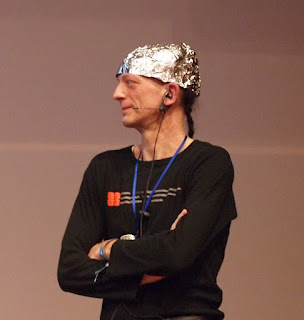Asymptomatic Spread
A new study by the CDC indicates that at least 50% of transmission of SARS-CoV-2 is by people without symptoms. They arrived at this conclusion using a mathematical model.
There is an old aphorism (attributed to the famous statistician George Box): All models are wrong, but some are useful. They are wrong because they are always only approximations of reality, and involve assumptions. They are useful when they incorporate many of the important factors (but not too many factors) and carefully justify their assumptions.
The CDC study seems to fall in the latter category. It is not overly complicated. It assumes that infected people fall into two groups, those who transmit the virus before symptoms appear and those who never develop symptoms at all. Quite a bit is known about how symptomatic infections proceed and the model takes that knowledge into account.
There is uncertainty about how many people fall into the never-symptomatic category, and how infectious these people are. This is at least partly because of lack of widespread random testing. So the modelers' approach was to make a guess based on available data then run the model several times, varying this factor (along with other assumptions, such as the timing of peak contagiousness).
Under all the conditions they tried, the share of infections from asymptomatic people was about 50%. One of the authors was quoted in a Washington Post article saying “I was a bit surprised how well it held up under a broad range of base assumptions.”
Predictably, a critic quoted in the WaPo article gave reasons why the model is wrong (and again, all models are). For example the critic reckons it's assumptions about how infectious people are when the have no symptoms is too high by about double. The critic also complained that the researchers did not take context (i.e., indoors, outdoors, wearing a mask or not) into account. But doing that would make the model a lot more complicated and reduce its parsimony (more or less simplicity of explanation). Interestingly, complexity is one of the things that tends to make models wrong.
It is safe to conclude from this study that a lot of transmission is caused by people who don't have symptoms. This emphasizes the importance of random testing, wearing masks, and avoiding orgies (and other congregate settings).



